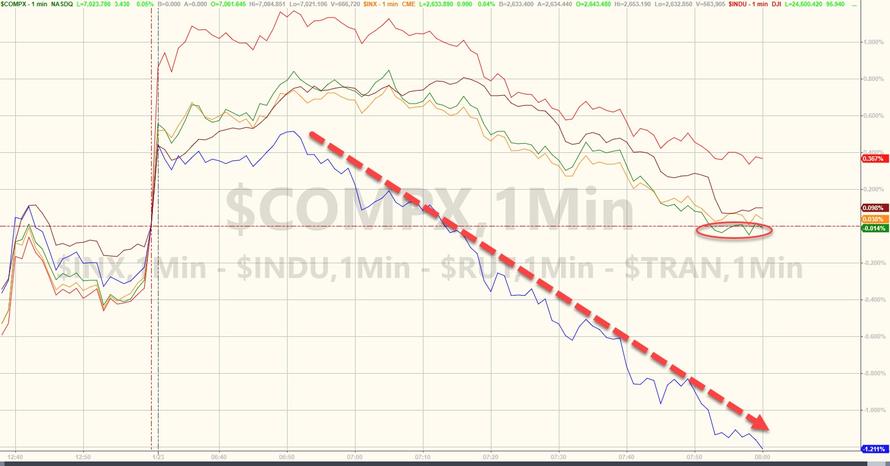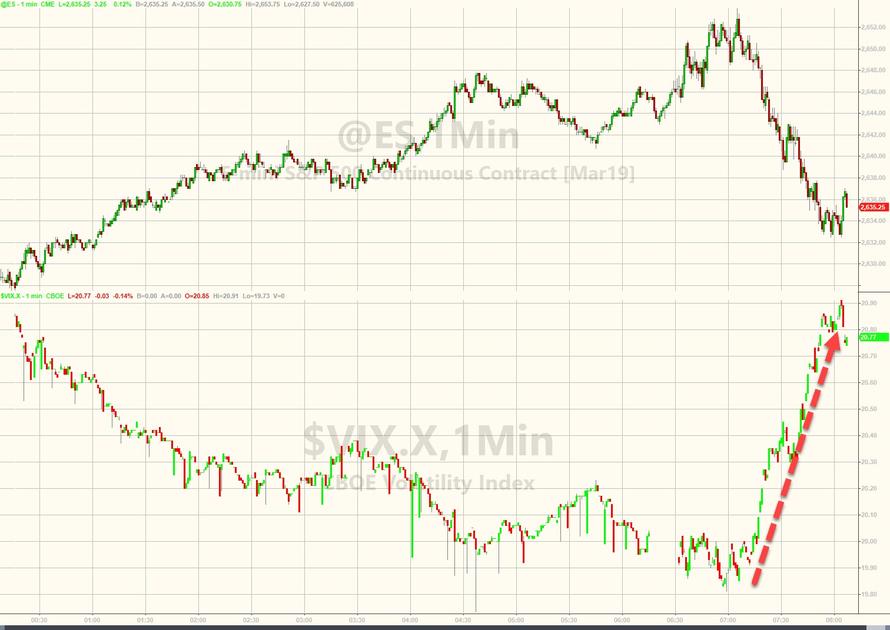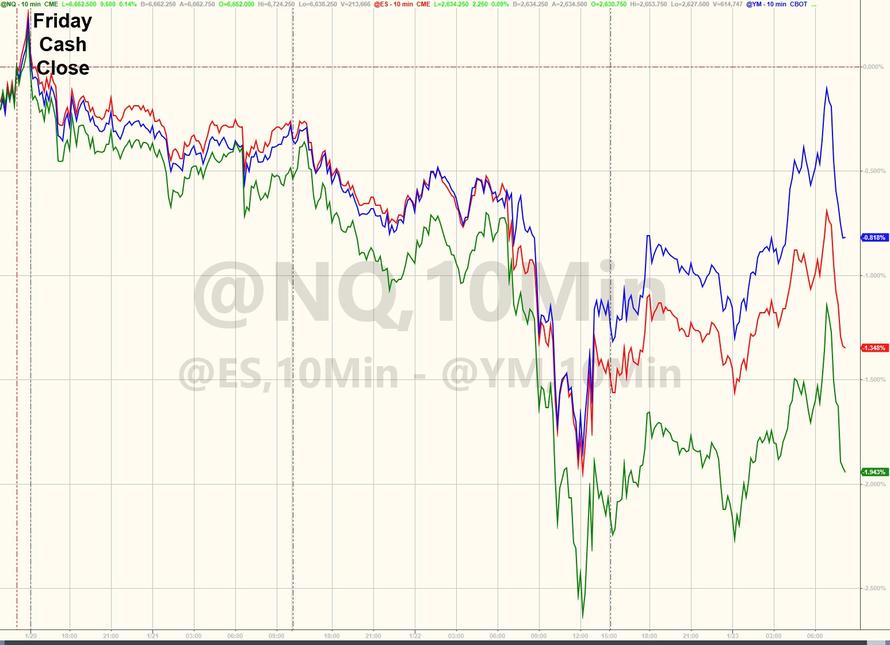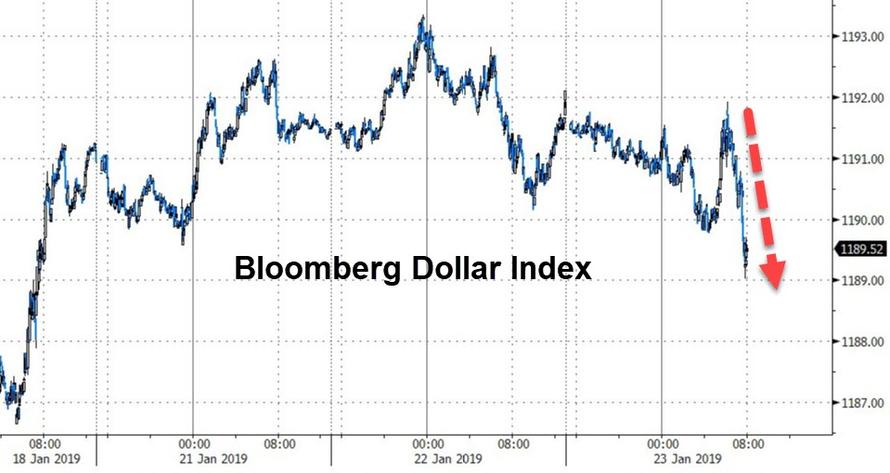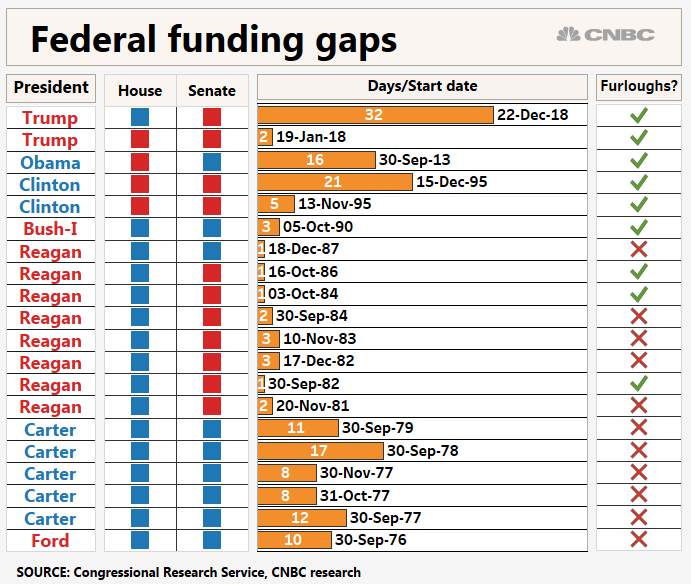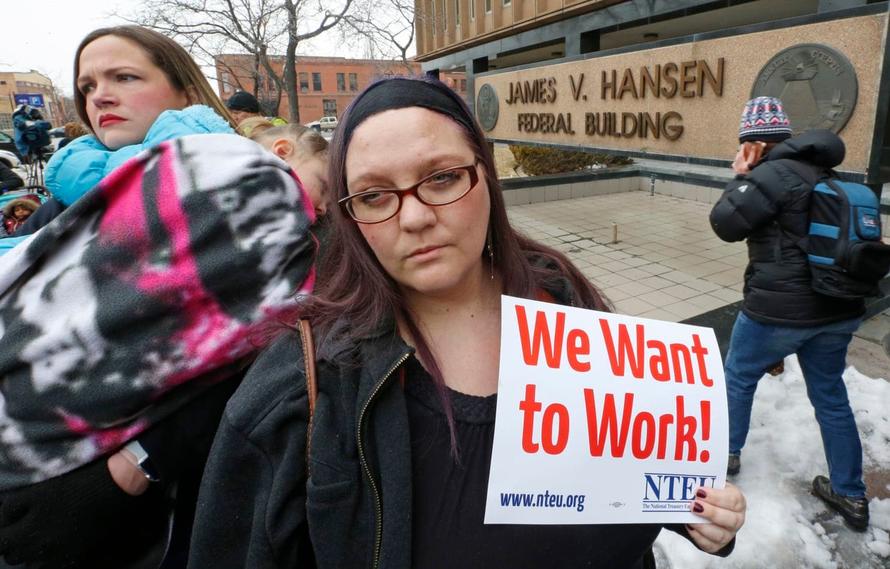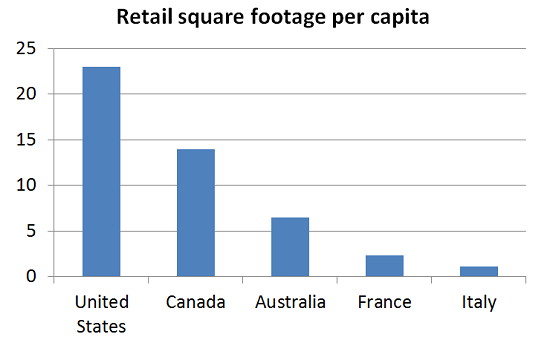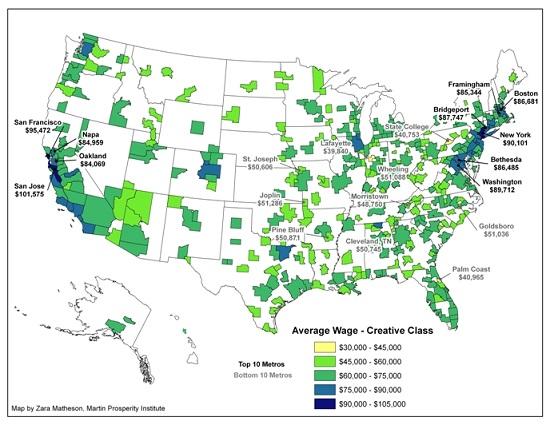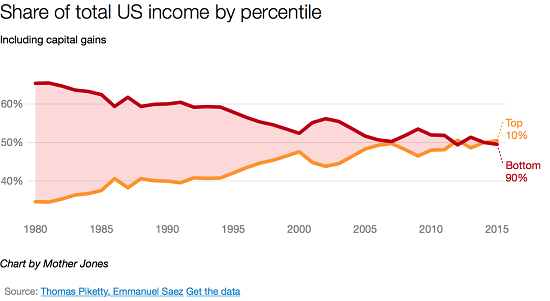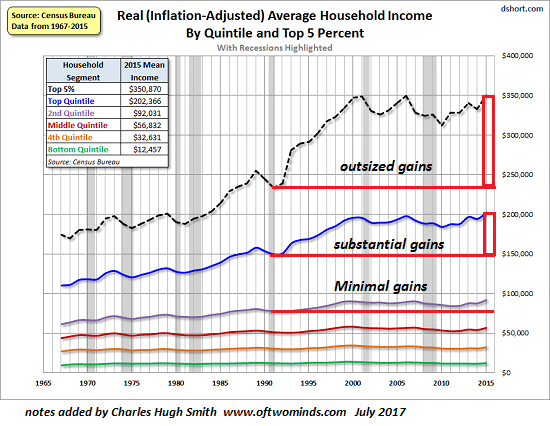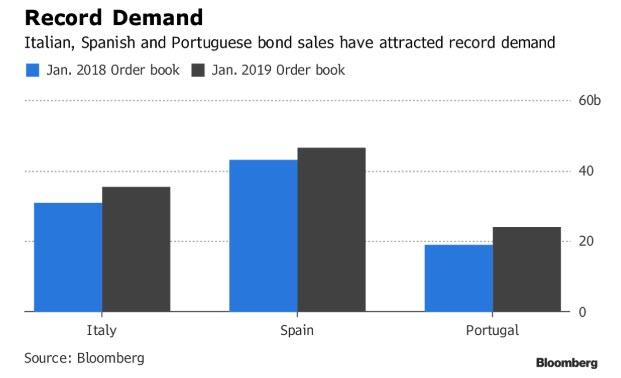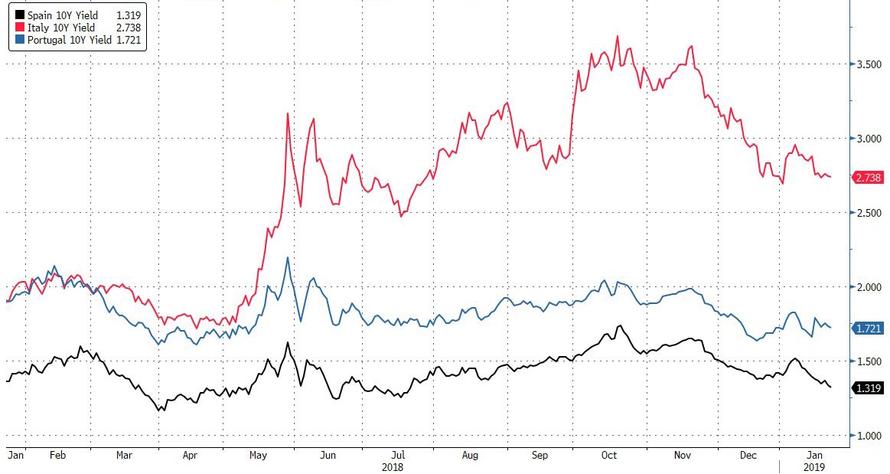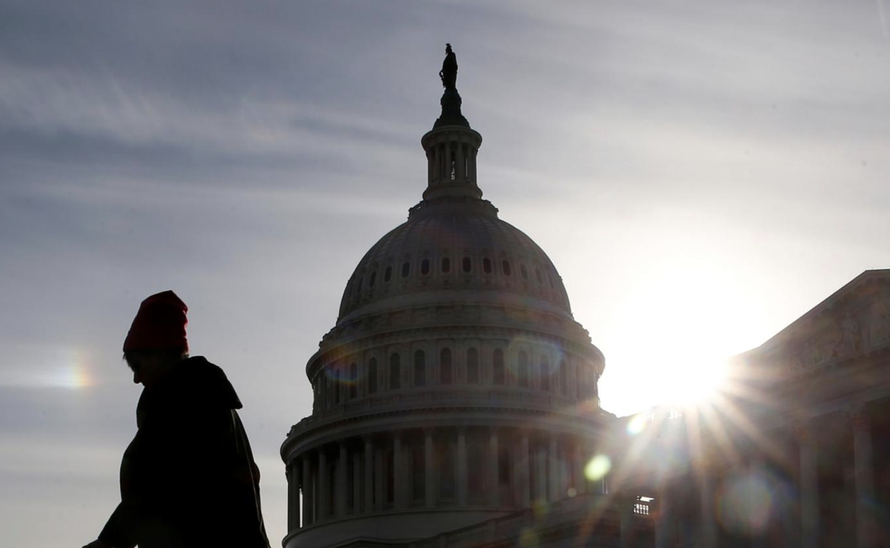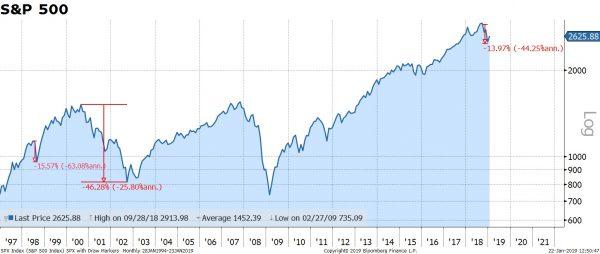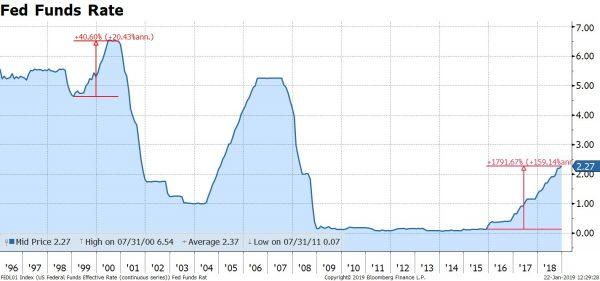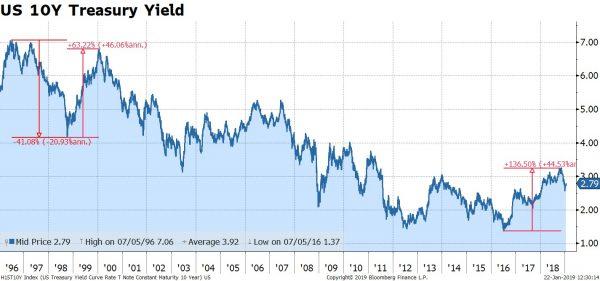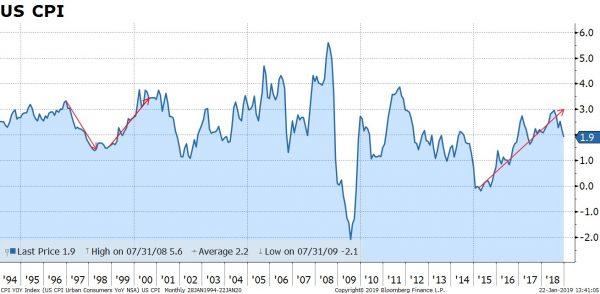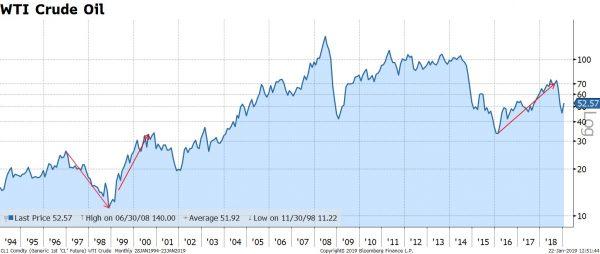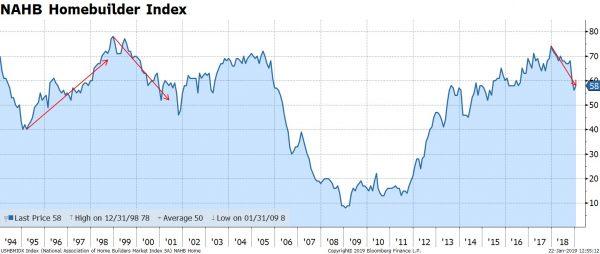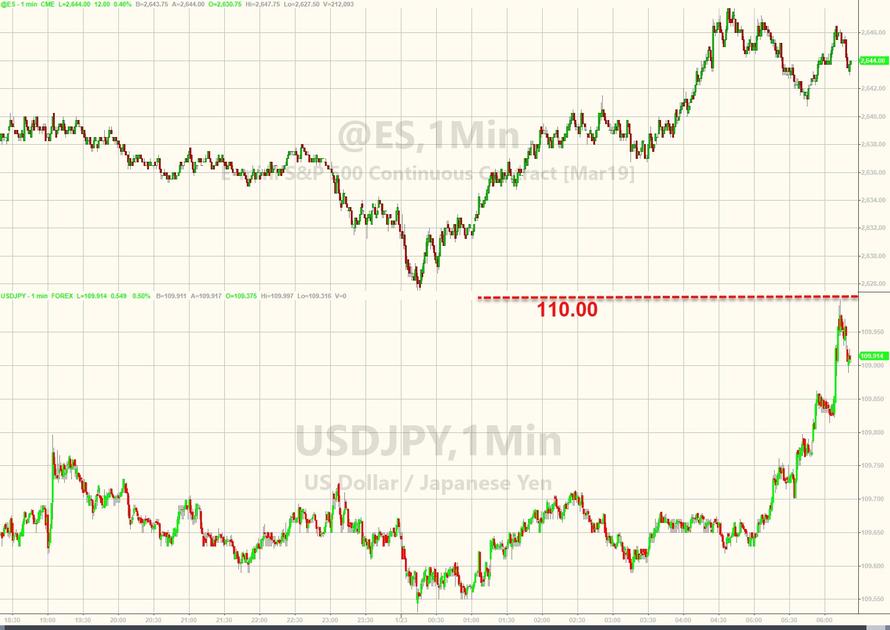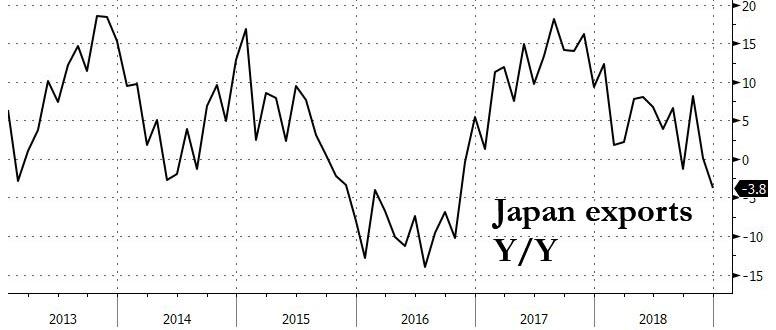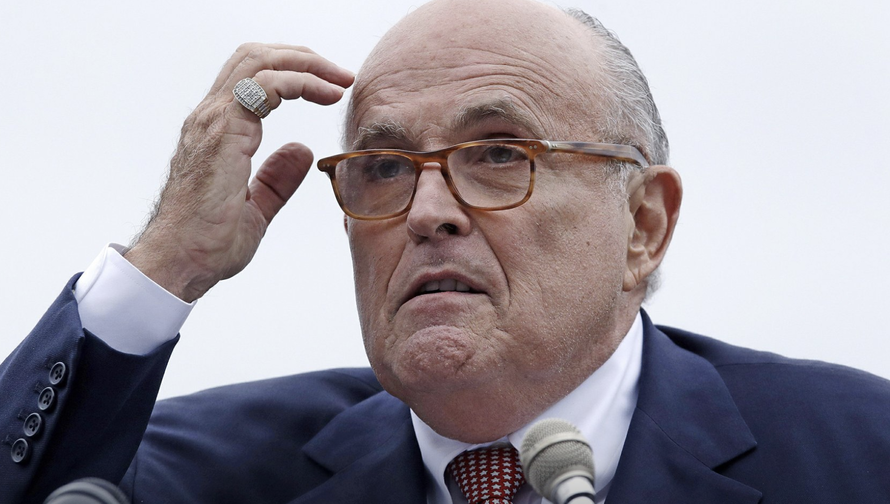Authored by Tom Luongo via The Strategic Culture Foundation,
Earlier this week I did something I never thought I’d ever do. I watched over two hours of British Parliament. This was the session wherein Prime Minister Theresa May outlined her so-called Plan B deal for Brexit.
Needless to say, it wasn’t warmly received.
But a funny thing has happened on the way to Brexit. And I am as shocked to type this as anyone who follows me will be shocked to read it.
Theresa May has risen to become Brexit’s main champion.
As I said in my last article here:
Theresa “The Gypsum Lady” May went through an extraordinary twenty-four hours. First, seeing her truly horrific Brexit deal go down in historic defeat and then, somehow, surviving a ‘No-Confidence’ vote which left her in a stronger position than before it.
It looks like May rightly calculated that the twenty or so Tory Remainers would put party before the European Union as their personal political positions would be terminally weakened if they voted her out of office.
Blue Monday’s Parliamentary session confirmed for me that she has emerged from this fight stronger than she’s been since before the 2017 snap election debacle. May rightly pointed out, patiently and with a twinkle of smugness, that all calls for extending Article 50 or holding a second referendum were irrelevant.
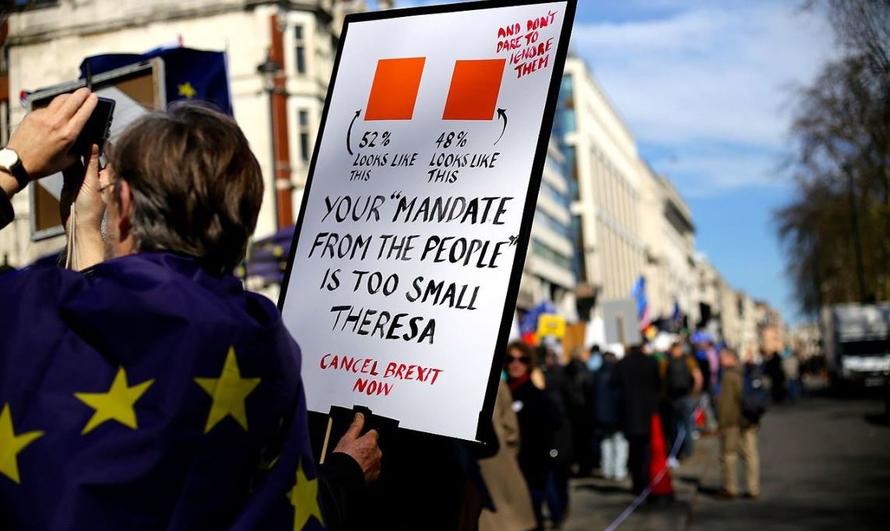
Article 50 happens on March 29th and the whining of Remainer MP’s can’t stop it.
So, if they want a deal with the EU, then they have to give her and the government clear parameters to go back to Brussels to negotiate from. Otherwise, March 29th comes and Brexit on World Trade Organization rules commences.
But May also knows that her offer for talks with all sides of the House is a bit of a lie. She knows that the fractious nature of the Remain position precludes them coming up with a deal offer that will get majority support of the House of Commons.
And if you needed proof of this all you had to do was watch the endless parade of MPs.
For two hours I watched Remainer after Remainer grandstand and virtue signal about the need for the “People’s Vote” and whine for more time. The SNP threatened to leave the U.K. multiple times if they didn’t get their way.
It was like watching children have a tantrum over not getting their cookie.
None of them proposed one constructive solution to break the deadlock in the House. They simply stuck to their talking points and fulminated.
And May was firm. She may have even graduated from ‘The Gypsum Lady’ to ‘Calcite’ or ‘Feldspar.’
If she delivers a real Brexit that leaves the EU spluttering into their lattes and Remainers simpering about how unfair it all is, I’ll take back most of the mean things I’ve said about her.
The Remain crowd has had two years to influence negotiations knowing a “No-Deal” Brexit was the default position. They thought they could play politics, use Brexit chaos as a way for Labour to seize power and destroy the Tories.
And the eventual outcome would be a Brexit betrayal after two years of creating a false reality of the apocalypse of a “No-Deal” Brexit.
That plan has crashed and burned. The people want the vote respected, regardless of how they voted in 2016, Leave or Remain. The polls are clear that the country hasn’t shifted its stance.
The Tory Remainers in May’s cabinet thought they could scare everyone into weakening May with a horrible deal and get what they wanted – Brexit in Name Only. But that has failed as well.
You know things are desperate when the British establishment floated a rumor of a parliamentary coup against May. The calls for the People’s Vote and all of that are coming from people like Tony Blair speaking on behalf of George Soros.
But it didn’t happen. The reports of a draft amendment which would wrest control of the Brexit process from the Prime Minister made the rounds in the media, but nothing came of it during the session.
No one wanted to be the first to even broach the subject of removing the Prime Minister’s ability to conduct government business. May called Tony Blair’s bluff that MPs were not willing to throw out hundreds of years of Parliamentary rules to secure a political outcome there is little to no support for popularly.
The big loser in that debate was Labour Leader Jeremy Corbyn who has his hands tied by Labour Remainers. They insist on him backing a way to stop Brexit despite a majority of Labour MPs now representing districts which voted Leave in 2016.
So Corbyn now must half-heartedly back a Second Referendum which is political suicide as well as continuing to screech about taking ‘No-Deal’ off the table even though he, himself, voted Leave and wants to see a stronger Brexit than most of his MPs.
The press will continue to ratchet up the fear of a ‘No-Deal’ while behind the scenes both governments prepare for the most likely outcome at this point, exactly that.
This entire fight continues to highlight the growing disconnect between the representatives of the people and the people themselves. British electoral politics is opaque and designed, like the U.S.’s, to ensure continuity at the top while the rubes in the rural areas are systematically disenfranchised.
Parliament is paralyzed by politics, conflicting loyalties and an over-inflated sense of self-importance. So is Congress here in the U.S. The difference is, however, that it looks pretty clear that Remainers aren’t willing to die on the Brexit hill while Nancy Pelosi and the Democrats will go full tilt off the cliff in their opposition to Trump.
Calls at this point for a second referendum are the face of absolute panic. May herself referenced the EU’s track record of forcing the people to vote again if they didn’t do so the way they wanted originally. That should leave little doubt as to where she stands on this.
And at this point I have to think she understands the stakes for Britain, the Tories and herself if this process is further compromised by a political class so corrupt, arrogant and misinformed that it refuses to acknowledge its growing irrelevancy.
The path on Brexit is clear: either the Remainers get together and submit a framework to Brussels which works for them that May can negotiate from or they revoke Article 50 and start the whole process over again.
For that to happen at this point requires a cross-party coup. And I saw none of that in the two hours I watched earlier in the week.
And all of the Remainers know they will be lynched if they try that.
So, another week and nothing has changed except that all the bleating and breast beating of the ‘No-Deal Equals Death’ crowd has amounted to very little.
A divided house cannot stand. A divided house cannot agree on something it doesn’t want even more so. May is right to stick to her guns here. It will leave her in a very strong place politically if she delivers a Brexit the people voted for and the politicians hate.
That’s the calculus she got right in this.

via ZeroHedge News http://bit.ly/2CJispU Tyler Durden
